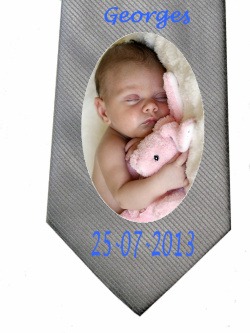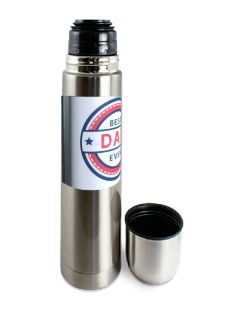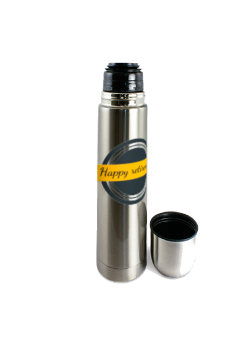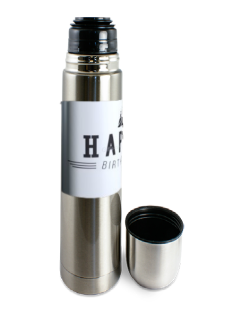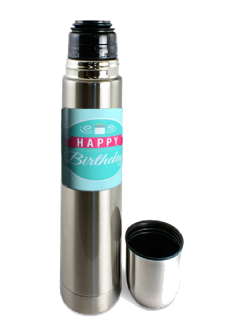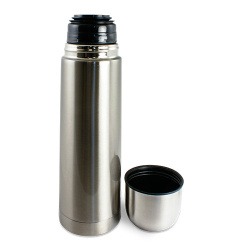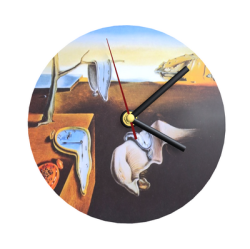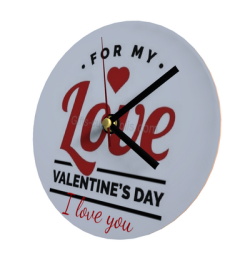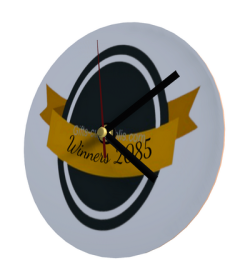Tie to customise
What is the most traditional gift for dads? A tie of course! But to make this classic gift more original we can personalise it for you with a photo and a text: for example the photo of the youngest who has just been born and the first name of the cherub. Unusual gift for Father's Day, during the birth of the long-awaited little one or for any other occasion to spoil his dad, his companion, his spouse, his friend. For car lovers, take a picture of a pretty vintage car or a racing car depending on the tastes of the person wearing the tie. A nice plane for aviation enthusiasts, a photo of a guitar or any other instrument for music lovers, a photo of the favorite animal…. For an open day or for every day at work, a tie with the logo and the name of the company or association is a good way to identify yourself with your customers or visitors. You will be well dressed while showing your belonging at first glance. For an exceptional event or for every day, for employees or volunteers, the personalised tie is ideal. For a particular event, a personalised tie is a dream accessory for the occasion and a nice souvenir.






































